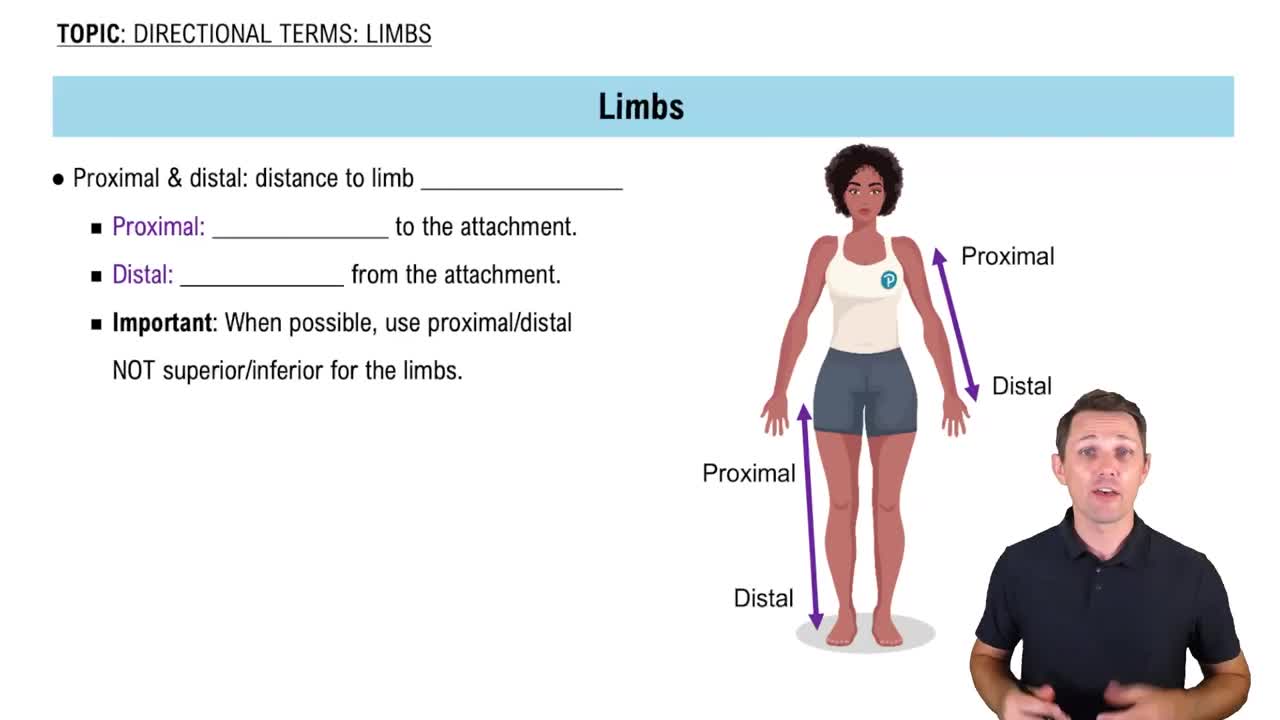Multiple Choice
At its distal end, the femur articulates with the __________.
1686
views
 Verified step by step guidance
Verified step by step guidance Verified video answer for a similar problem:
Verified video answer for a similar problem:



 4:4m
4:4mMaster Bones of the Thigh and Leg with a bite sized video explanation from Bruce Bryan
Start learning